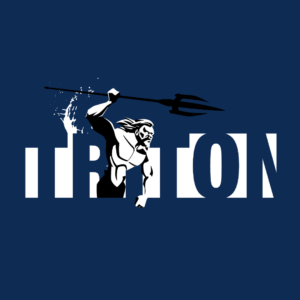A.1 Environmental status and health assessment of seagrass meadows and Pinna nobilis populations in donor and receiving areas.
The action is the starting point of the Pinna nobilis restocking process and includes 2 sub-actions:
- The selection of donor sites;
- The evaluation of the environmental conditions and compatibility of the appropriate receiving areas to define the four specific pilot restocking sites for the following C1 Action.
The selected areas are along the north-west Italian Ligurian coast, the island of Asinara (north-west of Sardinia) and the north-east of the Adriatic Sea. In these 3 areas are located 4 Marine Protected Areas (Capo Mortola, Miramare, Strunjan and the Island of Asinara) which in the past have hosted healthy and numerous population of P. Nobilis.
Beneficiary responsible for the action: UNIGE
![]()
TIMELINE
• 10/2021 – Expected Start
• 12/2021 – Milestone: Identification of proper donor sites
• 03/2022 – Deliverable: Donor sites maps and environmental characterization
• 05/2022 – Deliverable: Report on environmental suitability of receiving areas for Pinna nobilis restoking
•05/2022 – End date





